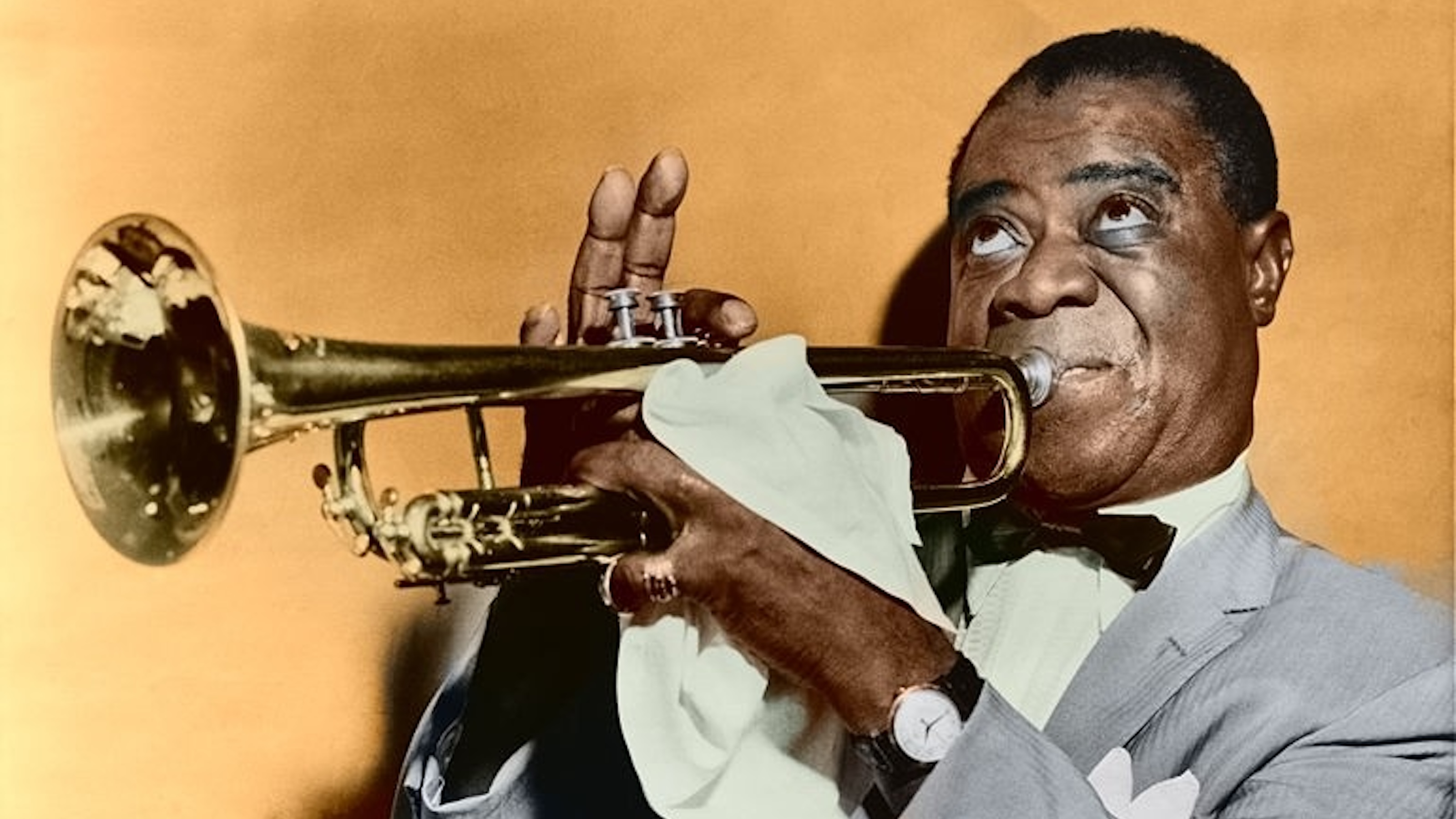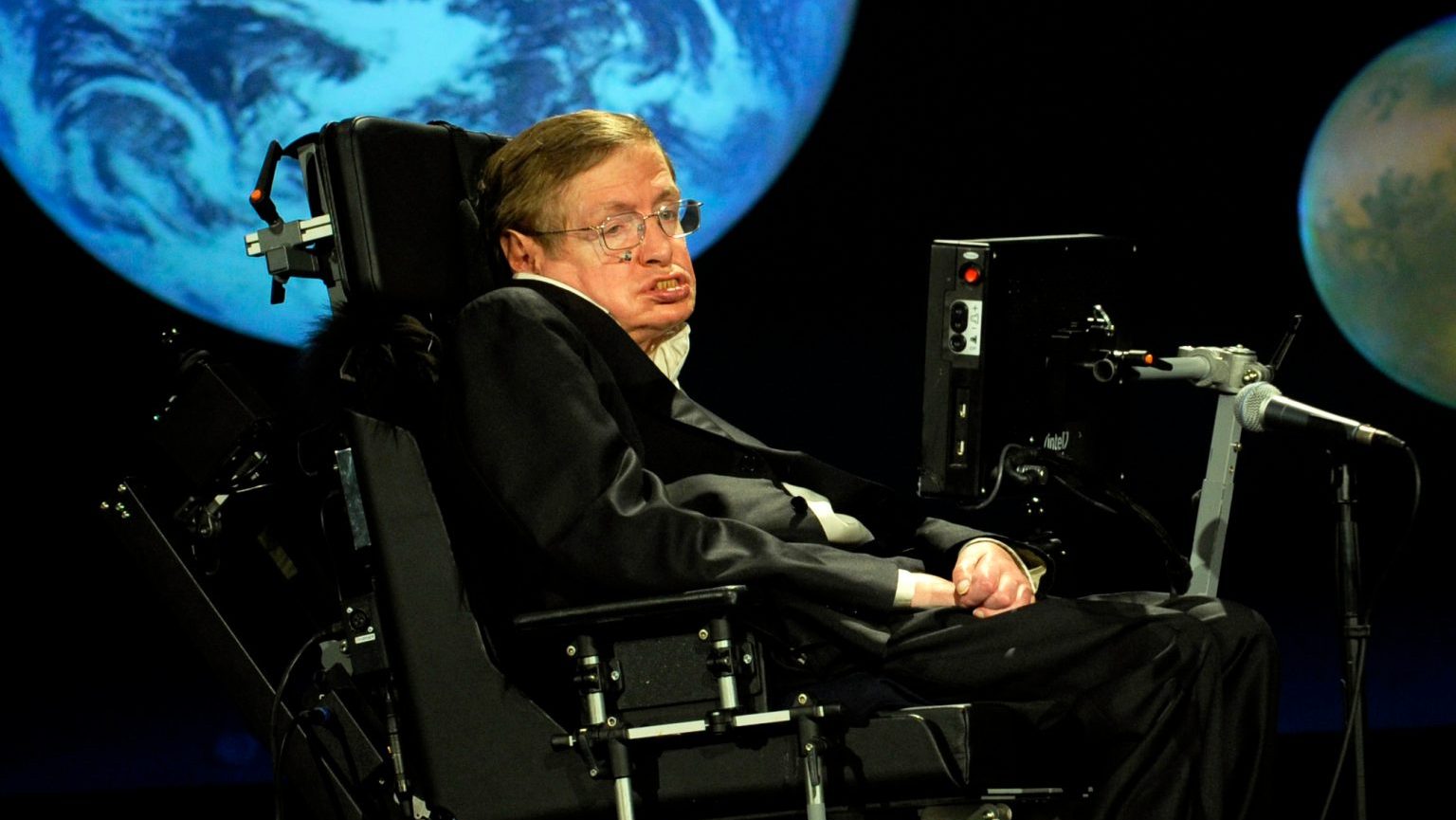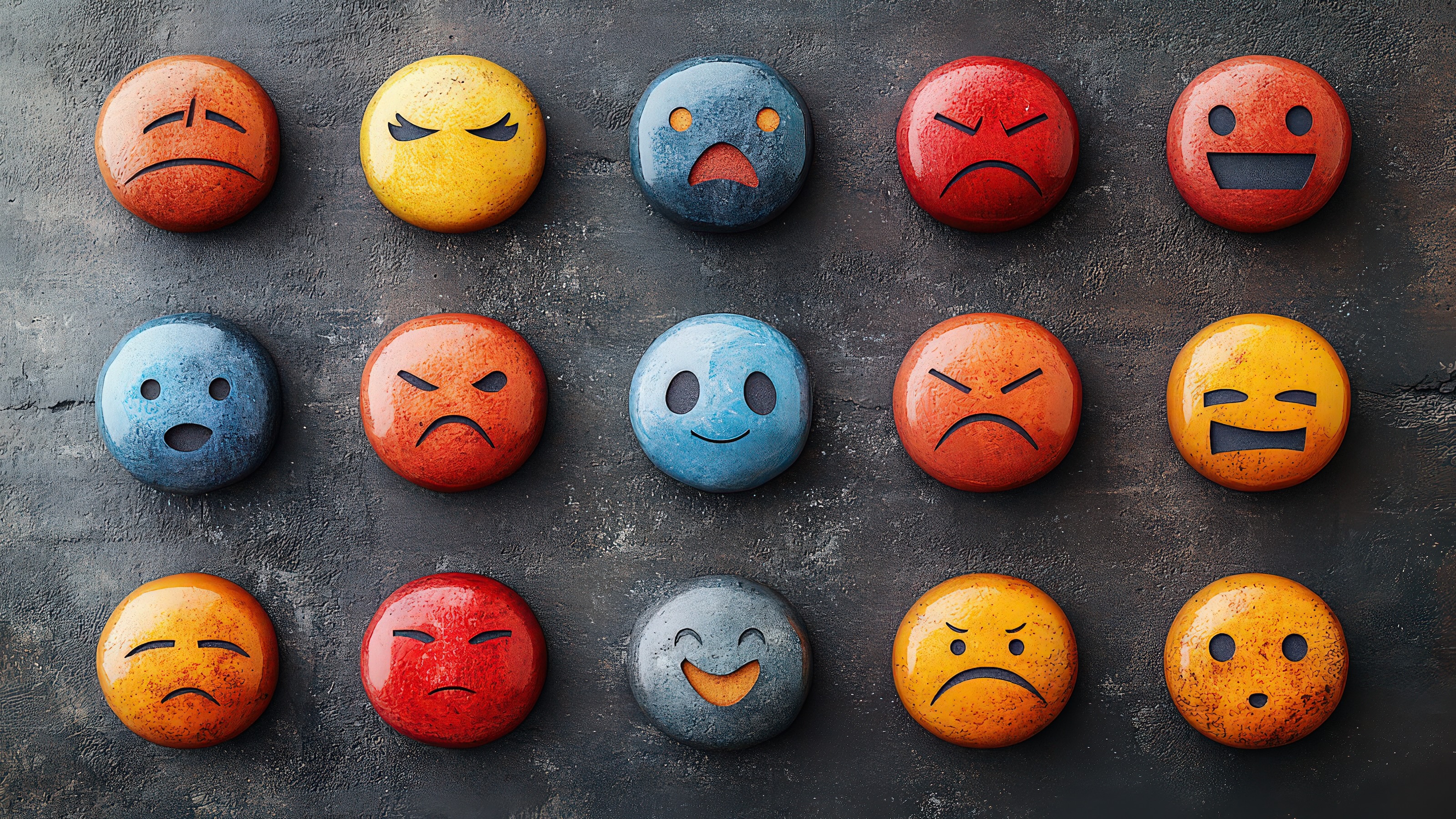The simple act of noticing someone’s eye color can build your empathy, explains Alan Alda, who got so curious about empathy one day that he began to experiment on himself. Any time he’d interact with someone, he would try to figure out what they were feeling, and name their emotional state (using strictly his inside voice). This exercise inspired psychologist Dr. Matthew Lerner to conduct a scientific study on empathy, and how it can be bolstered by practicing visual perception. Alda lists the benefits of paying more attention to the people you encounter each day as numerous: annoying people become easier to tolerate, discussions become more productive, you feel more relaxed, which is contagious to those around you—you can even become a better conversationalist and writer. He is full of praise for the effect of empathy on communication, but not without caveat: he warns that empathy must be managed and edited in order to be a successful tool, otherwise it can work against you. Alda has summarized his adventures in the art and science of communication in his book If I Understood You, Would I Have This Look on My Face?
Alan Alda: Something I learned from improvising really helps in communication. There are basic improvising techniques and exercises, like the mirror exercise where you become my mirror, and whatever I do, wherever I move, you have to do that at exactly the same time, as if you were the mirror with no lag time.
Well, if I'm the person looking into the mirror and you're my mirror, how can you be my mirror unless I help you be my mirror? I'm responsible for your being with me in-sync at every moment. And it's a wonderful image, a symbol of what communication is, because it's my job—if you don't understand—it's my job to help you understand. In improvising, each improviser has the job of making the other one look good. You share the experience. The principle of “yes, and...” is an example of that. It’s an improvising tool to use this idea of “yes, and…”
For instance, if we're in a scene together and you look down and you say, "Whoa look at all that water down there," and I say, "That's not water, that's the floor," well maybe I'll get a laugh out of that from the audience, but I've just destroyed the scene and I've made you look foolish. You called it water, it's obviously a floor.
That's not even “yes,” it's just “no.” And you can say “yes, but...” and cut it off with the “but,” but if you say, “Yes, and: yeah, look at that water, let's jump in and swim out to that whale and catch onto the whale and swim away with the whale!” Now I've accepted what you've given me and I've added to it. This is a really valuable technique in communication: to not say to the person, “Yes, but you know that's not true.” There's something about it that may be true. Maybe it's under the surface: the person is saying, “I wish I understood how the universe worked, and I think the universe works like this: we're all connected psychically and we're all telepathically…” and it could go off into someplace where you don't really agree at all. But the person is trying to figure out things, and you can agree about that because nobody has the final answer on anything, I don't think. So you can say “yes” to that part of it "and" you can explore some part of it that you both can explore together.
But the idea is, if you cut off the connection then communication stops, and it's your job to keep the other person with you. And the way you do that, the way you keep the other person with you is, keep reading the clues you're getting from the person: the person's face, the person's eyes, the tone of voice, the body language, the way they occupy a chair, all of these things are clues to what's going on in their head as you try to communicate with them. And the funny thing is, I think I found that this works not only when you're talking to them face to face, it also works when they're separated from you by time and distance, like when you write something for them and you don't know who's going to read it where or when, but you can figure out when you put down the first sentence what that's done to their mind. Where are they now? So where is my next sentence going to pick up on where they are now and take them to the next place?
And if we don't think about the person we're writing for, we're just formulating thoughts in our head, we're caring about ourselves, we're not caring about the other player. I think communication is a partnership. You have to think about your partner and help your partner. It's not me pouring stuff into your empty brain. First of all, you've got plenty of stuff in there already that I ought to want to know about.
While I was writing this book I thought, not everybody is going to be able to go to an improvising class. And then I started to think: not only that, I don't go every couple of days to an improvising class. And this strange thing about empathy is, as valuable as it is, we tend to lose it, it tends to evaporate. It's very easy to lose your touch in making contact with other people. I see it happening to me, I see it happening to other people. So I thought, is there something I can do on my own that would build empathy and keep my empathy thermometer at a high enough temperature?
So I started experimenting on myself. I love to experiment on myself. And I thought okay it has something to do with reading emotions, so why don't I—as I walk down the street, as I go into a restaurant or I talk to friends—why don't I try to figure out what they're feeling and maybe it will be really good if I name the feeling.”
And I was talking to a psychologist about this and he said, "You came up with this by yourself?" I said, "Yeah." He said, "I'd like to study that." So he did a study where he had people doing this during the day for a week. He gave them a standard empathy test at the beginning of the week, and at the end of the week he gave them another empathy test to see if their scores in empathy would go up by doing this exercise, and he had other things they did to control variables.Now what was interesting was: not only did their scores go up the more they did it, so that the people who only did it twice didn't go up very much but the people who did it a hundred times during the week their scores went up considerably, not only that: it wasn't just naming the emotion that they thought they saw in the other person, it was just noticing the other person, noticing your hair, noticing your eyes. What color are your eyes? It's amazing—just think about this the next time you're talking to somebody: how long do you talk to somebody you've just met before you really notice what color their eyes are? What shape is their eyebrow? What color clothing are they wearing? If it's a woman or a man, are they wearing jewelry? What is it? Where did it come from? How are they sitting? What clue am I getting from them?
We don't notice one another nearly as much as we think we do, and those people who noticed the other people got higher scores in empathy at the end of the week. And I found it has built up my empathy—at least I think it has. But I find myself much more comfortable with other people. This is an amazing thing: I find other people less annoying! Isn't that funny? Because I get a little more empathy about what they're going through or what I think they're going through or what I can hear from things they say, and instead of being annoyed by them I think: 'I think I know where this is coming from and it explains it.' And just getting the explanation of what might otherwise be annoying behavior or an annoying thing they're saying, the annoyance kind of evaporates.It's not that empathy is making me a better person, it just gives me a little more patience. I find—and I think other people who have studied empathy have found—that there's more patience associated with empathy. So in that regard it probably does make you a little easier to get along with. But I noticed when I get more empathic my voice gets more intimate, my face is more welcoming, and the funny thing is I think I see that happening on the person I'm talking to. I think they're responding to what's happening to me and I'm getting from them a more relaxed tone, a more relaxed, accepting visage.
It's a good idea to monitor your own empathy a little bit, to be aware of the empathy as you experience it. And I'll give you kind of a concrete example of this. I have a friend who went to a doctor with a foot problem, and he examined her and he said, "Oh my God, I think you've got plantar fasciitis!" She got scared to death, she thought, 'Is this an incurable disease?!' because she hadn't heard the term before. And it's a painful condition, and he had had the condition once, so once he figured out that she had this condition he thought, 'Oh my god she's going to feel terrible. I experience her pain.' He was swamped with her emotion. He was swamped with her pain. And I interviewed someone, in writing the book, who teaches scientists, teaches doctors to be empathic. And one of the things she teaches them is: you have to get inside the other person's head, but then you have to get out again. You have to manage your own empathy and you can't be swamped with it.
It becomes what she calls 'affective quicksand' where you just sink into the feeling because part of the theory of empathy is that you understand what the other person is feeling because you feel it yourself, you recognize a feeling in yourself and that gives you an understanding of what they're going through. But if you sink into that feeling and get lost in it, and if it begins to rule your end of the communication then it's no longer a tool, it's something that's working against you. You've got to have possession of your own tools.







